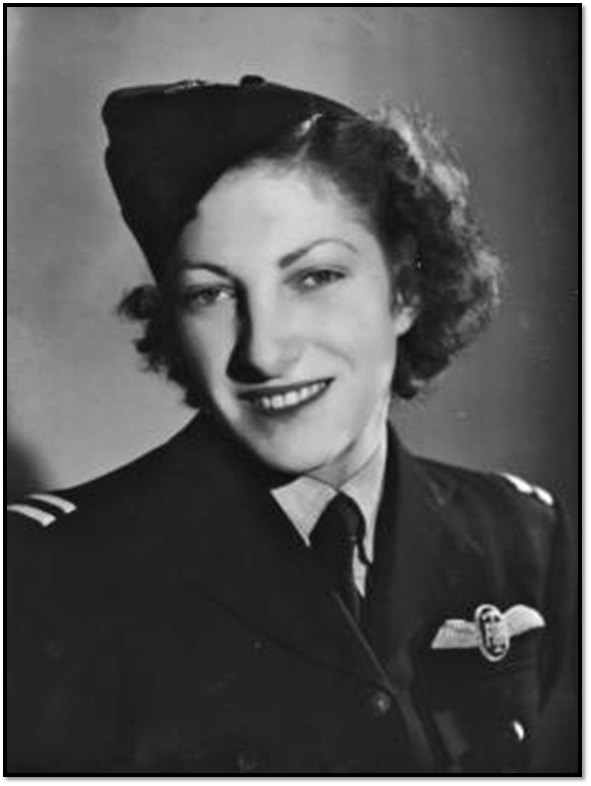The WAAF was set up 28 August 1939 and many women volunteered to serve with them.
By 1945, 250,000 women had served in the WAAF in over 110 different trades. They were an integral and vital part of the Royal Air Force’s war effort. The majority were aged between 18 and 40.
The work undertaken by the WAAF was wide ranging; from cooking to meteorology; from administrative duties to maintaining, moving and repairing aircraft.
Kay Sayles served with the WAAF at RAF Lichfield, as a flight mechanic for 51MU. She was awarded an MBE in later life and lived to the age of 95.
The A.T.A. was not a military organisation, it was a civilian one set up on 15th February 1940. At first it was run by men, but due to a shortage of male pilots, a lady called Pauline Gower, suggested that female pilots could be used as well.
The job of the A.T.A. was to fly new and damaged aircraft between factories, assembly plants, R.A.F. Maintenance Units and Squadrons. Their headquarters were at White Waltham in Maidenhead.
It was very dangerous and some female pilots were killed. They flew in all weathers. They were unarmed and didn’t have any radios. They had only paper maps and often had to find their way by using landmarks like mountains or rivers. This was very difficult when the weather was bad.
Joan Mary Allen and Lettice Curtis both served in the ATA and passed through RAF Lichfield, delivering and collecting aircraft from 51MU. Fortunately, they both survived the war, Joan living to the age of 80 and Lettice to the age of 99.
Many local women worked at the airfield, employed as cooks, waitresses, canteen workers, cleaners and laundry workers.
In addition to this, women would help repair uniforms and wash them and some families in Fradley were asked to have flight crew or maintenance staff lodge with them.
During the war, women were called upon to take on new jobs, as so many men had joined the war effort. These were either existing jobs, like postal workers, farmers, drivers, etc., or newly created jobs, like manufacturing bullets, bombs or parts for planes.




